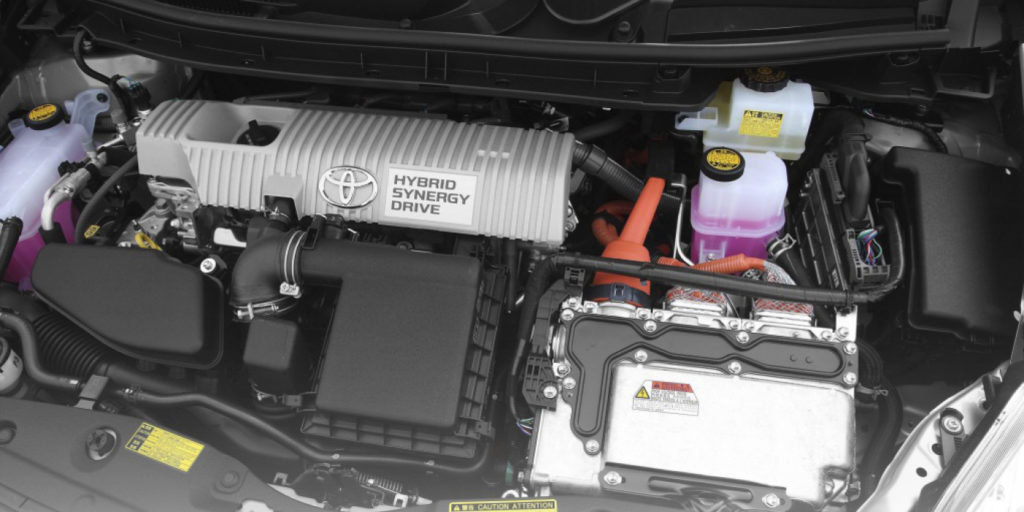
Hyundai is showcasing a new rear-occupant alert system, which is designed to prevent tragedies in which kids are forgotten or lock themselves in vehicles.
The system monitors the rear seats using an ultrasonic sensor that helps to detect the movements of children. The system first reminds drivers to check the rear seats when exiting the vehicle with a message on the center instrument-cluster display.
If the system detects movement in the rear seats after the driver leaves the vehicle, it will honk the horn, flash the lights and send a Blue Link alert to the driver’s smartphone via Hyundai’s Blue Link connected-car system.
In addition to being forgotten in the car, children accidentally lock themselves in a car. To prevent issues like these, Hyundai said it will adopt the rear-occupant alert technology in future 2019-model-year vehicles.
In the United States, 38 children have died from heatstroke in hot cars so far this year. More than 800 children have died from heat-related illnesses in vehicles since 1994, and in 55 percent of these cases, the parent was unaware their child was even in the vehicle.
Experts say it only takes a matter of minutes before the heat can overwhelm a child’s ability to regulate his or her internal temperature. Their core temperature can increase three to five times faster than that of an adult.
“The Rear Occupant Alert is just another example of how we do things better at Hyundai,” said Mike O’Brien, vice president, product, corporate and digital planning, Hyundai Motor America. “This system is a first step in preventing tragedies. We understand only a brief lapse in judgment and inattention can have terrible consequences.”





